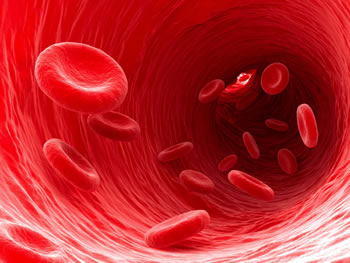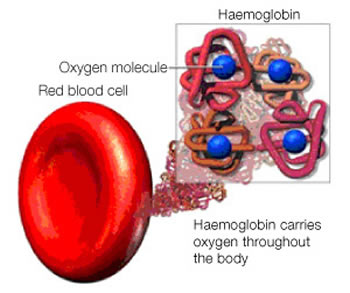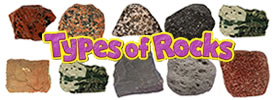Difference between Blood and Haemoglobin
Key Difference: The blood is an important part of the body. It is part of the circulatory system. The blood is composed of various different blood cells that are suspended in blood plasma. These different blood cells are the red blood cells, white blood cells and blood platelets. Haemoglobin, also called hemoglobin, is a protein that is present in the red blood cells. It contains vast amounts of iron, and help in carrying and transporting oxygen around the body.
 The blood is an important part of the body. It is part of the circulatory system. The heart, which is a main part of the circulatory system, pumps the blood of all parts of the body. An average human being has about 5 liters of blood in their body at any given time. This actually accounts for almost 7% of the human body weight.
The blood is an important part of the body. It is part of the circulatory system. The heart, which is a main part of the circulatory system, pumps the blood of all parts of the body. An average human being has about 5 liters of blood in their body at any given time. This actually accounts for almost 7% of the human body weight.
The blood is composed of various different blood cells that are suspended in blood plasma. These different blood cells are the red blood cells, white blood cells and blood platelets. Each of these cells has a different function: the red carries oxygen, the white fights off infections and the platelets help the blood to clot.
One of the main functions of blood is to carry oxygen and nutrients throughout the body to different cells. It also helps in removal of waste byproducts and carbon dioxide. This function is mainly carried out by the red blood cells. One of the main proteins that help the red blood cells to transport oxygen is haemoglobin. Haemoglobin actually make up about 96% of the weight of the red blood cells' dry content and about 35% of the whole red blood cell including water.
Haemoglobin, also called hemoglobin, is a protein that is present in the red blood cells. It contains vast amounts of iron, and help in carrying and transporting oxygen around the body. In fact, it is due to the iron in haemoglobin that gives it and the red blood cell. The only reason that blood appears to be red is due to the iron present in the haemoglobin. There are million of haemoglobin present in each red blood cell, and there are millions of red blood cells present in the blood.

Haemoglobin is made out of three parts: a heme molecule, a globin chain, and an iron atom. One hemoglobin molecule contains four heme molecules, four globin chains and four iron atoms. A heme molecule is an organic molecule, which is surrounded by a globin chain. Globin is a protein that is present in the body. While, the iron atom goes in the center of the heme molecule.
Many people suffer from low hemoglobin. This can happen due to iron deficiency, vitamin C deficiency, or folic acid deficiency. Low hemoglobin is a serious condition because hemoglobin is directly responsible for the transportation of oxygen from the lungs to the rest of the cells in the body. Hemoglobin also helps transport some of the carbon dioxide back to lungs. It also carries the regulatory molecule nitric oxide to the cells and releases it at the same time as the oxygen.
Comparison between Blood and Haemoglobin:
|
|
Blood |
Haemoglobin |
|
Description |
Blood is a reddish fluid that is part of the circulatory system that helps transport oxygen and nutrients to the cells and the removal of waste from those cells. |
Haemoglobin is an iron containing protein in the red blood cell that helps carry oxygen from the lungs to the rest of the cells in the body. |
|
Part of |
The circulatory system |
Red blood cell, which is part of the Blood, which is part of the circulatory system |
|
Made up of |
|
|
|
Color |
Red, due to presence of red blood cells. |
Red, due to presence of iron. Is what gives the red blood cells, hence the blood its color. |
|
Function |
|
|
Image Courtesy: physicsworld.com, masimo.co.uk









Add new comment